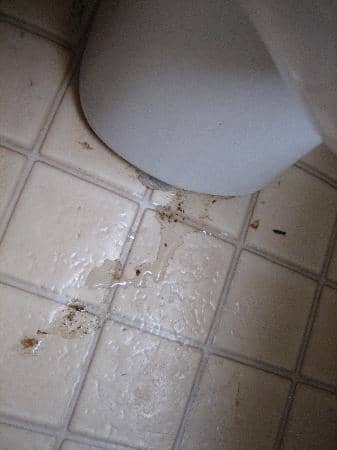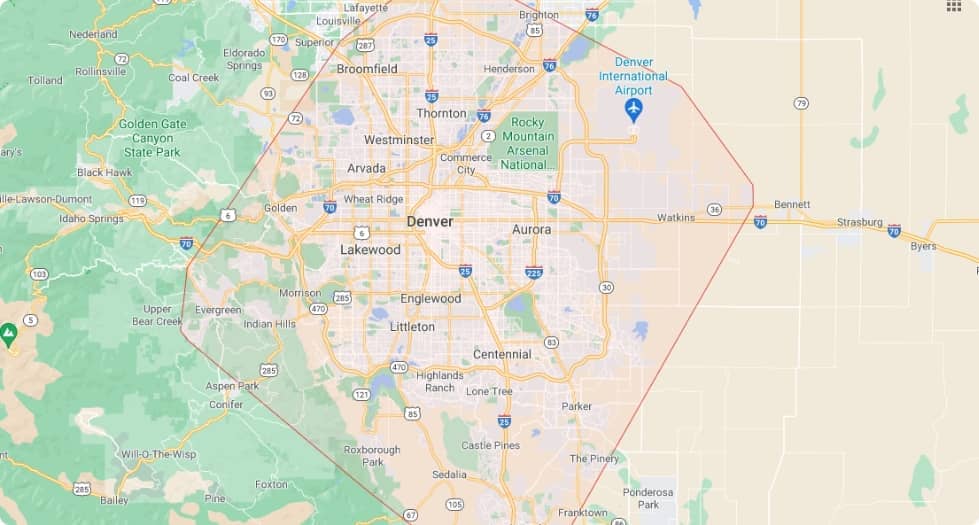A leaking toilet can be a serious problem in a household, but unlike many other plumbing problems, it is relatively easy to fix. Leaks can be caused by a few different things, some of which will call for the expertise of a licensed plumber, but this step-by-step guide should be able to solve the problem most of the time.

1. Check the Float and Inlet Valve
If you look inside the toilet’s tank and notice that the water level rises above the overflow tube, the problem might lie with the float and inlet valve on the ballcock. The float rises with the water in the tank and tells the inlet valve to shut off the water flow. The overflow tube is there to divert water into the bowl so that the tank doesn’t overflow, but the water shouldn’t be rising to that level in the first place. To make sure that the inlet valve is working properly, flush the toilet and lift up the valve. If the flow stops, then the inlet valve is working properly and the problem lies with the float.
2. Adjust the Float
If you’ve determined that the inlet valve is working properly and that the problem lies with the float, you can adjust the level of the float by turning a small screw at the top of the ballcock. If the adjustments fail to stop the water flow, you may need to replace the float.
3. Shut off the Water and Replace the Assembly
If you’ve had to go to this step, chances are that you will need to replace your toilet’s assembly inside the tank and install a new ballcock. It is possible to repair a broken ballcock, but most of the time it’s easier to simply replace it. Shut off the water to your toilet and flush it one more time to drain the water from the tank. From there, you will need to remove the supply line connecting the ballcock to the rest of the tank. This connection can be found at the base of the tank. Use slip-joint pliers to remove the bolt connecting the ballcock to the tank. You should be able to lift the assembly out of the tank and put a new ballcock assembly in its place.
4. Test the Flapper
If you’ve taken the above steps and your toilet is still leaking, the problem might lie with the flapper. The flapper is the part within the tank that opens up and allows the water to flow into the bowl when the toilet is flushed. To test it and make sure it is working properly, shut off the flow of water to the tank and observe the water level. If it decreases noticeably after about 15 minutes, you have a problem with the flapper. Fortunately, this is an easy problem to fix.
5. Replace the Flapper
To replace the flapper, shut off the water to the toilet and drain the tank by flushing it. Check the flapper seat to make sure that nothing is cracked and that is clear of any debris that may be keeping it from sealing properly. Chances are that the real culprit is the flapper itself, which can become worn and damaged in a way that keeps it from forming a tight seal around the flapper seat. If this is the case, simply remove the flapper and install a new one.
As you might have guessed, you may not need to follow every one of these steps down to the last one. In fact, you should hope that you can find the problem and fix it before you get to the fifth step. It is also worth noting that plumbing is complicated work, and that anything more complex than what is described here should never be attempted by someone without the proper training. Always call a licensed plumber if there is any doubt in your mind that you will need one.
By Nick Wert






